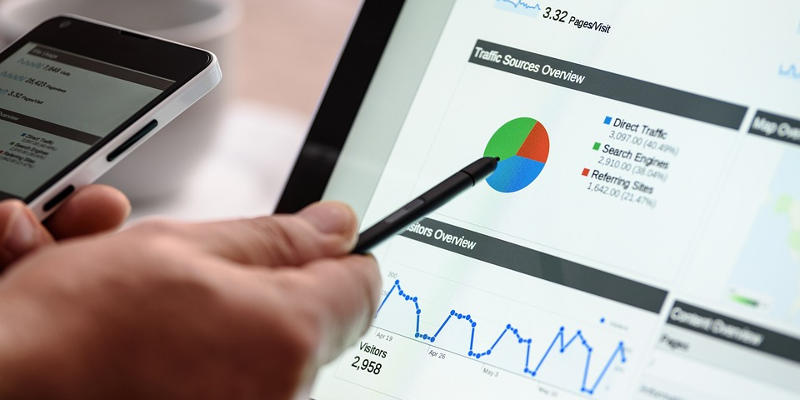Technical Analysis and Commodities Trading – Detailed Guide
Technical analysis is a financial analysis tool that uses patterns in the market and analyzing statistics gathered from trading activity, including price movement and volume to forecast future movement and price changes as well as to identify trends. Most commodity traders employ technical analysis and use it in their trading plan.
The technical analysis differs from the fundamental analysis in that it evaluates a security’s fundamental value. It utilizes previous price action to predict price changes in the future. Technical analysis, on the other hand, focuses on charts and patterns of price movement and analytical tools to predict future price changes.
Top 5 Technical Indicators for Trading Commodities
Here are the most commonly used technical indicators to trade commodities.
- Moving average. This tool can help smooth out price action by removing day-to-day price fluctuations. The analyst will study the cross-overs and the corresponding position of the price with regard to the moving average.
- MACD. The MACD, which is an abbreviation for moving average convergence divergence, is a tool used to indicate trend-following momentum. It measures the difference between two exponential moving averages (EMA).
- RSI. This is relative strength index. This is used to identify whether a market is overbought or oversold. This tool is done by analysing the all the bullish ranges against all the bearish ranges during a particular period of time (usually 14 days).
- Stochastic. This tool is based on the observation that when the price is moving upward, the closing price tends to be closer to the upper end of the day’s price range. If the prices are falling, the closing prices will also fall down to the lower end of the day’s range.
- Bollinger bands. This is a volatility indicator that is used to measure market’s probable movements in two standards deviation. All price movements will be limited within a band around the mean.
How to Use Charting to Analyse Commodity Markets
These markings are used on charts for analysing markets.
- Bar, or high/low/close charts. This is used to plot price movements over a specific period of time, usually a day or a week. This chart contains vertical line showing the price range for the period and a small horizontal tick mark at the right side of the vertical line.
- Trend lines. It is formed by joining two or more price highs or price lows with a straight line and the slope in this chart indicate the trend. A change in trend is indicated when the prices cross the line trend.
- Resistance and support planes. The planes refer to the horizontal price level or changes. The resistance and support plane indicates significant levels different to the commodity.
- Corrections. The price often goes back to its earlier price. If you consider the market moved more that in it needs to be due to the emotion, then the retracing is logical. If the emotion subsides, the price will be at constant level.
- Trading volume. This does not use lines drawing technique. However, trading volumes and open interest are often included in the chart. The number of trades supplied by the exchange during the last trading period. The trading volume provides a measure of activity in the market analysis.


